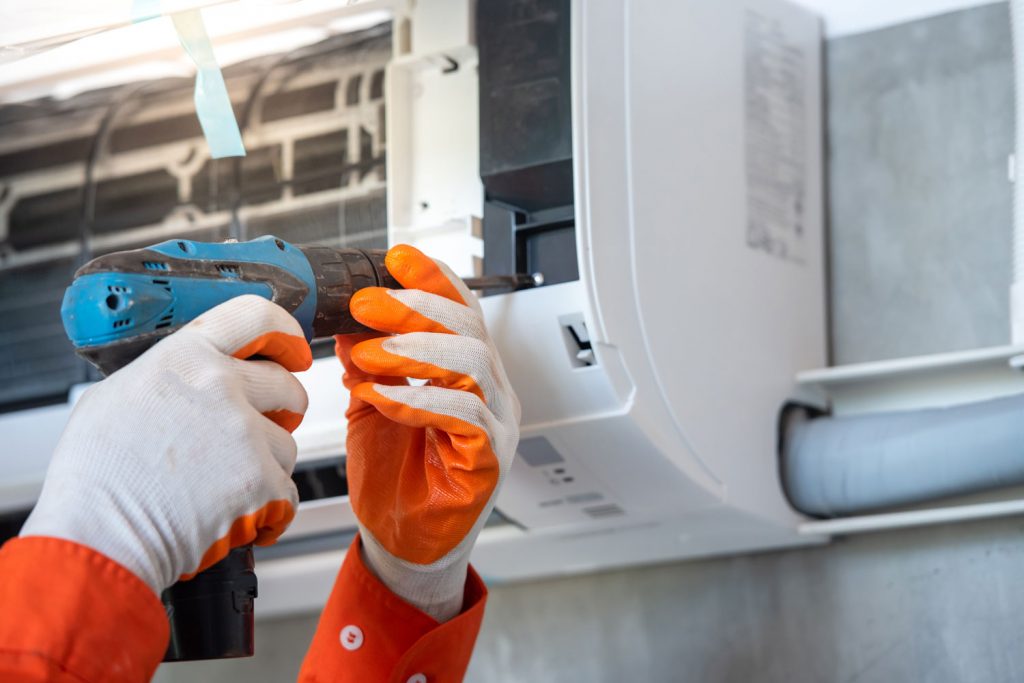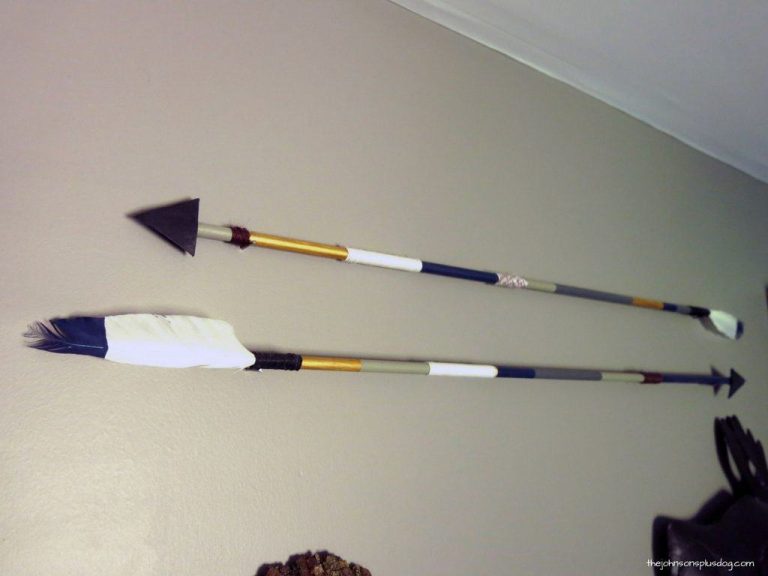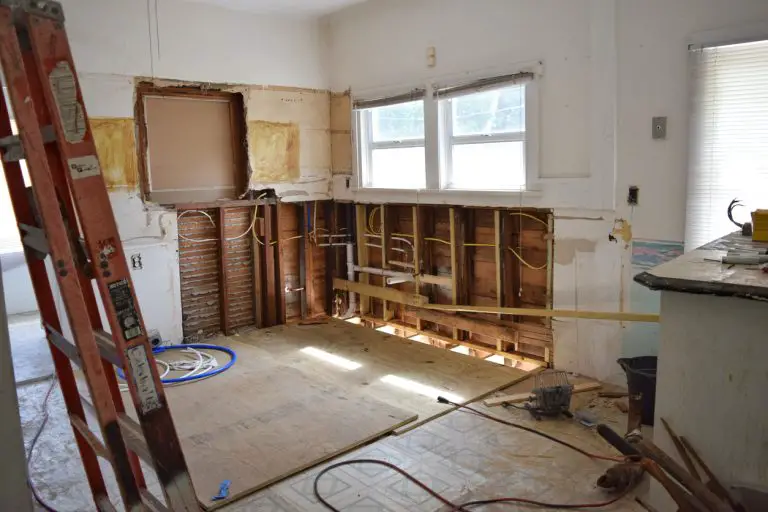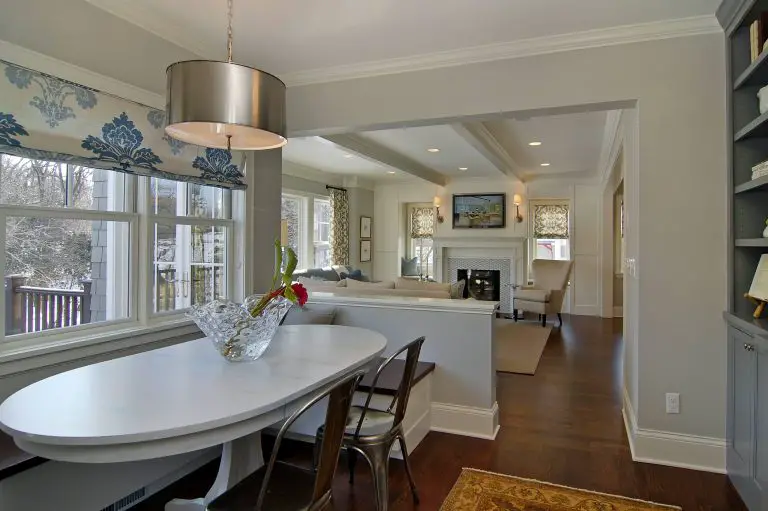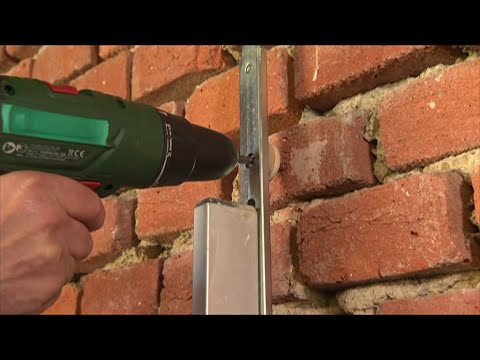Can You Put A Mini Split On An Interior Wall
A mini split air conditioning system is an effective and efficient way of cooling your home, and with recent advancements, it is now possible to install them on interior walls. This is an appealing alternative to traditional air conditioning units, as it offers a sleek, unobtrusive design and can be installed in areas where traditional units wouldn’t fit. Additionally, mini-split systems are able to cool your home more effectively than a traditional unit, as they can be zoned and adjusted to specific areas of your home to provide personalized comfort. Installing a mini split on an interior wall is a great option for those who want a reliable and efficient cooling solution without sacrificing style.
What Is a Mini Split System?
A mini-split system is an air conditioning system that is used to cool and heat a room or area. Unlike traditional air conditioning systems, mini-split systems do not require ductwork, making them ideal for those who have limited space or need an efficient cooling solution. The mini-split system consists of two main components: an outdoor condenser and an indoor air handler. The condenser is responsible for cooling the air while the air handler takes care of circulating it through the room. Mini split systems are easy to install, efficient, and cost-effective. They are also quieter and more reliable than traditional air conditioning systems. With all these features, it’s no surprise that many homeowners are considering installing a mini-split system in their homes. So, can you put a mini split on an interior wall? The answer is yes, you can. Mini split systems can be installed on any interior wall that has the appropriate space and ventilation. In addition, mini-split systems are designed to be flexible and can be easily adapted to fit any interior space. With the right installation, they can provide efficient cooling and heating to any room or area in your home.
Benefits of Installing a Mini Split System On An Interior Wall
Mini split systems are a great way to heat and cool a space, and they offer a host of benefits, especially when installed on an interior wall. These systems are highly efficient and can be customized to suit any space. Installing a mini-split system on an interior wall allows you to take advantage of the many benefits that such systems provide.
Firstly, mini-split systems offer better airflow and improved temperature control. When installed on an interior wall, the air can be directed where it’s most needed, providing better temperature control and improved air circulation throughout the space. Furthermore, mini-split systems can be installed in spaces with limited or no access to outside air, meaning that the air quality in the space can be improved.
Additionally, mini-split systems are highly efficient, with some systems able to reach up to 40 SEER rating. This means that the system is able to use less energy while still providing the desired level of comfort. Furthermore, mini-split systems are quieter than other types of HVAC systems, making them ideal for use in spaces where noise levels need to be kept low.
Finally, mini-split systems are easy to install and maintain, making them an ideal option for those looking for an efficient and cost-effective HVAC system. They are also more aesthetically pleasing than other types of systems, and the sleek, modern design can add a touch of style to any space.
In conclusion, installing a mini-split system on an interior wall offers a host of benefits, including improved air circulation, enhanced temperature control, improved air quality, increased efficiency, and a sleek, modern aesthetic. With all these benefits, it’s easy to see why mini-split systems are becoming increasingly popular.
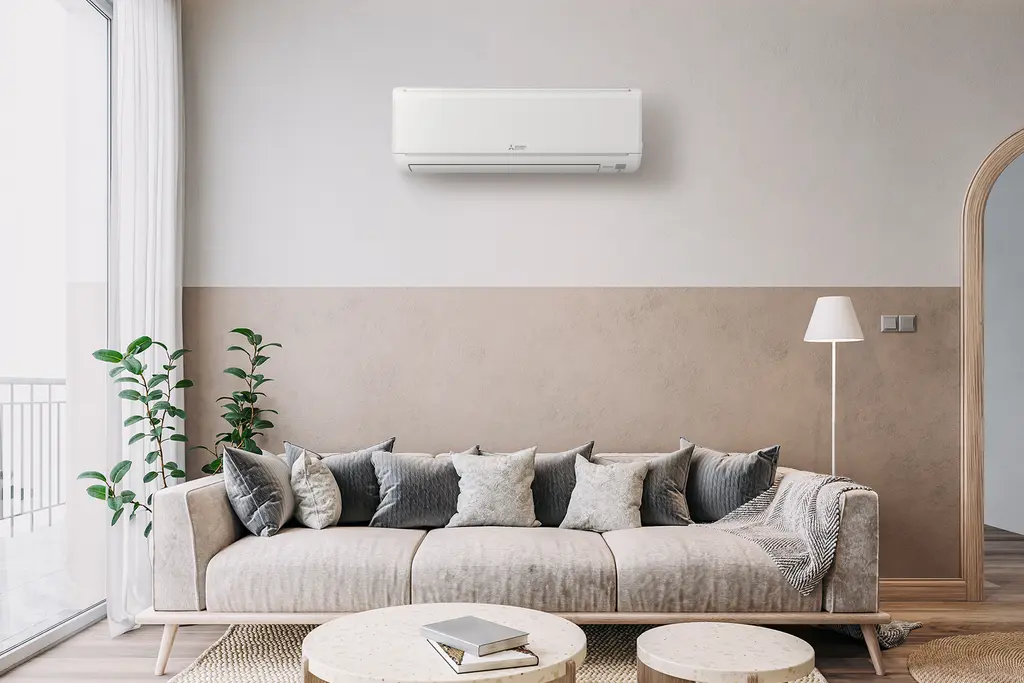
Credit: www.nytimes.com
Factors To Consider Before Installing a Mini Split System On An Interior Wall
Installing a mini-split system on an interior wall can be a great way to add comfort and convenience to a room. But before you go ahead with the installation, there are some factors to consider.
Firstly, you need to make sure that the interior wall you choose is strong enough to support the weight of the unit. You should also check that the wall is not made of any materials that are prone to corrosion. Additionally, the wall should have adequate ventilation, as the air needs to be able to circulate freely through the mini-split system.
Furthermore, you should ensure that the mini-split system is installed in accordance with local building codes and regulations. It is important to have a qualified technician install the system for you, as they will be able to ensure that everything is done correctly.
Finally, you should also consider the size of the mini-split system you will be installing. A larger system will require more power and may be more expensive to install.
In conclusion, if you are thinking of installing a mini-split system on an interior wall, it is important to consider the factors mentioned above. By doing so, you will be able to ensure that your mini-split system is installed safely, correctly, and efficiently.
Installation Process for Installing a Mini Split System On An Interior Wall
Are you looking to install a mini-split system on an interior wall? This is an increasingly popular option for air conditioning and heating systems, as it eliminates the need for ductwork or bulky window units. However, installing a mini-split system on an interior wall is a bit more complex than other methods, and you’ll want to be sure you understand the process before you begin.
Installing a mini-split system on an interior wall requires special equipment and expertise. First, you’ll need to determine the exact placement of the unit, as it must be mounted on an internal wall that offers adequate support and stability. It’s also essential to ensure that the wall is sound enough to support the weight of the unit and any connecting pipes or wiring.
Once the wall is determined, the next step is to drill holes for the mini-split system’s refrigerant lines and electrical wiring. This requires precise measurements and careful drilling, as you don’t want to damage any existing walls or electrical wiring. Once the holes have been drilled, the mini-split system can be mounted and connected to the walls.
The final step in installing a mini-split system on an interior wall is to connect the unit to an external power source and to the refrigerant lines. This requires the use of a licensed electrician and HVAC technician, as the wiring and connections must meet local safety codes. Once the system is connected, it can be tested to make sure it is working properly.
Installing a mini-split system on an interior wall can be a complex process, but with careful planning and proper installation, you can enjoy the benefits of a sleek and efficient air conditioning and heating system.
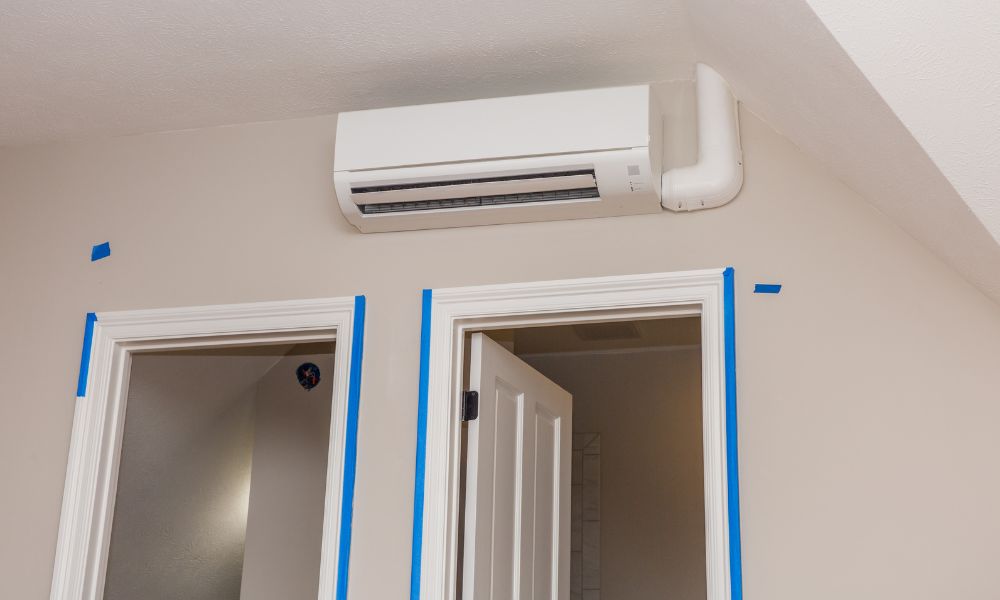
Tips for Installing a Mini Split System On An Interior Wall
Mini split systems are a popular choice for heating and cooling in single rooms or apartments, but many are unaware that these systems can also be installed on interior walls. With the right setup, you can enjoy the convenience of a mini-split system with the added benefit of interior wall insulation. The installation process is relatively simple, but there are a few tips and tricks to keep in mind before you get started.
Firstly, it’s important to ensure that the wall is strong enough to support the weight of the mini-split unit. It’s also essential to make sure the wall is insulated and sealed properly to prevent any heat or cold air from escaping. Wall-mounting brackets should also be used to ensure the system is securely attached. You should also consider the location of the air handler, to ensure it’s in a convenient spot and is not exposed to direct sunlight.
Finally, it’s important to use proper electrical wiring and connections when installing your mini split system on an interior wall. This will ensure the system’s efficiency and performance, and help to ensure it runs safely and smoothly. With the right setup, you can enjoy the convenience and comfort of a mini-split system on an interior wall.
Troubleshooting Common Issues With Installing a Mini Split System On An Interior Wall
Installing a mini-split system on an interior wall can present unique challenges. From structural issues to the specific requirements of the system itself, there are a number of potential problems that need to be addressed in order to ensure a successful installation. Homeowners and HVAC technicians should be aware of the common issues that can arise when installing a mini split on an interior wall.
Structural problems can be the most difficult to overcome when installing a mini split on an interior wall. The wall needs to be able to support the mini split’s weight, as well as the additional weight of any framing that is necessary to mount the unit. Additionally, the wall must be able to handle the thermal expansion and contraction of the unit, which can cause the wall to shift and crack.
The system’s specific requirements must also be taken into account when installing a mini split on an interior wall. The system must have adequate airflow and ventilation to work properly, and any outlets or switches must be properly installed and wired. Additionally, the wall must be thick enough to accommodate the necessary ductwork.
It’s important to consult with an experienced HVAC technician when installing a mini split on an interior wall to ensure it is done correctly. An experienced technician will be familiar with the potential problems that could arise and will be able to provide advice on how to best address them. With the right guidance and preparation, a mini-split system can be safely and effectively installed on an interior wall.
Maintenance and Care for Installing a Mini Split System On An Interior Wall
A mini-split system is a great way to heat and cool a small space, such as a room or home office. But if you decide to install a mini-split system on an interior wall, there are some additional considerations you should be aware of. Maintenance and care are essential when installing a mini-split system on an interior wall, as the unit will need more frequent cleaning and upkeep than a unit mounted on an exterior wall. To ensure your mini-split system works properly, you should inspect it regularly and clean it as needed to remove any dirt or debris that may have accumulated. Additionally, you should ensure the air filters are changed regularly and that the unit is properly sealed to prevent leaks and improve efficiency. Finally, you should check the system’s refrigerant levels periodically to ensure the unit is operating at its optimal level. With a little regular maintenance and care, your mini split system can provide efficient heating and cooling for your interior space for years to come.
Conclusion
A mini split air conditioner can be installed on an interior wall. This is a great option for those who do not have the space in their home to install a traditional split system. Installation of a mini split on an interior wall requires some extra steps, such as creating an airtight seal between the wall and the unit, to ensure proper operation. However, with the right tools and knowledge, this can be done with relative ease.

